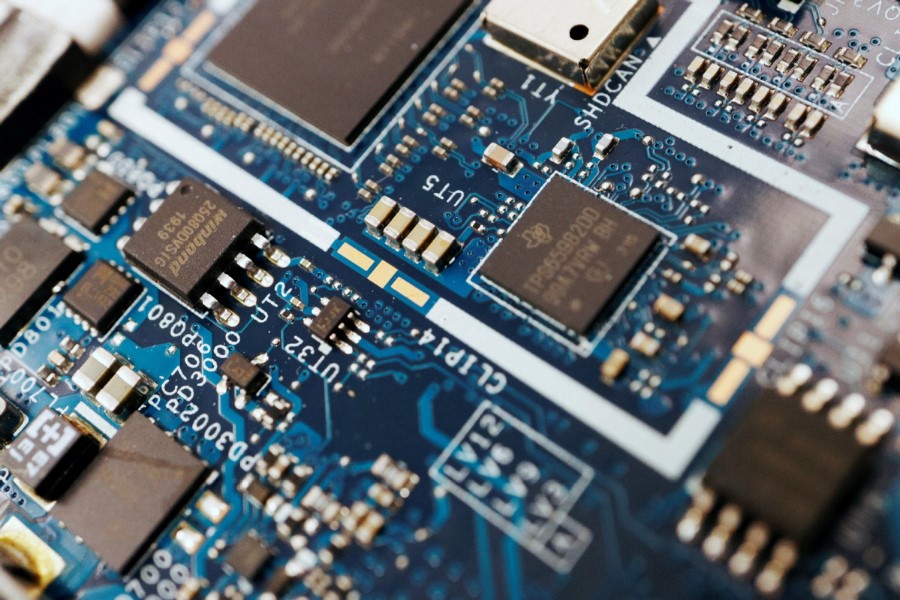The effect of destocking is evident, and the storage chip industry may hit a bottom and rebound with double-digit growth in 2024
Storage chips are indispensable components in electronic products. With the development of emerging technology applications such as smartphones, 5G, AI, cloud computing, and the Internet of Things worldwide, the demand for storage chips continues to increase. The recent performance of the storage industry has mainly benefited from the continuous growth of global digital demand, the increasing demand for AI servers, driving the growth of high bandwidth HBM, and the surge in client stocking, resulting in an increase in the shipment volume of DRAM's three major original factories in the second quarter.
According to TrendForce's statistical data, SK Hynix's shipment volume increased by over 35% month on month, and its revenue increased by nearly 50% month on month, ranking first in the industry in terms of growth rate; Samsung benefited from module factory stocking and AI server construction demand in the second quarter, driving a month on month revenue growth of 8.6% in the second quarter, with revenue reaching 4.53 billion US dollars, ranking first; Although HBM developed relatively late, Meguiar's revenue was approximately $2.95 billion, driven by DDR5 shipments, with a month on month growth of 15.7%.
Overall, the revenue of the DRAM industry continued to grow in the third quarter, and after major factories reduced production, the willingness to lower prices has decreased. Contract prices have gradually bottomed out, and inventory depreciation losses will be improved. The manifestation of the effect of de inventory is expected to turn the operating profit margin from loss to profit. According to the latest report from TrendForce, there will be an opportunity to see a gradual balance between supply and demand in the market by the end of 2023. It is expected that storage chip suppliers' production reduction strategies for DRAM and NAND Flash will continue in 2024. In addition, the capital expenditure of general-purpose servers is still squeezed out by AI servers, indicating relatively weak demand. Storage chip spot prices will show signs of bottoming out and rebounding. It is estimated that DRAM and NAND Flash growth rates will be 13% and 16% respectively next year.
Overall, the revenue of the DRAM industry continued to grow in the third quarter, and after major factories reduced production, the willingness to lower prices has decreased. Contract prices have gradually bottomed out, and inventory depreciation losses will be improved. The manifestation of the effect of de inventory is expected to turn the operating profit margin from loss to profit. According to the latest report from TrendForce, there will be an opportunity to see a gradual balance between supply and demand in the market by the end of 2023. It is expected that storage chip suppliers' production reduction strategies for DRAM and NAND Flash will continue in 2024. In addition, the capital expenditure of general-purpose servers is still squeezed out by AI servers, indicating relatively weak demand. Storage chip spot prices will show signs of bottoming out and rebounding. It is estimated that DRAM and NAND Flash growth rates will be 13% and 16% respectively next year.